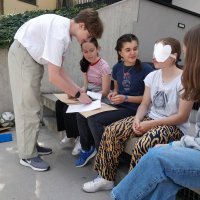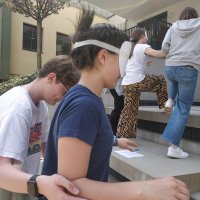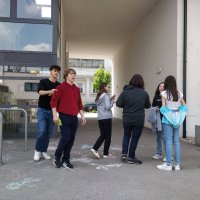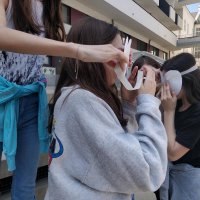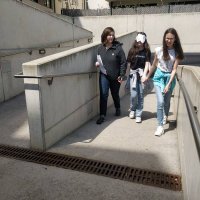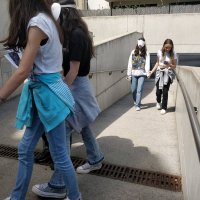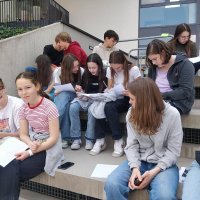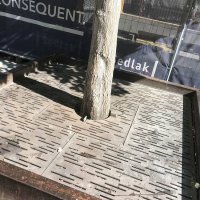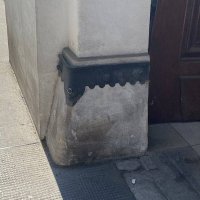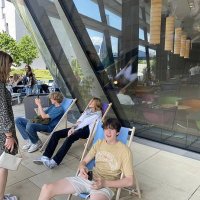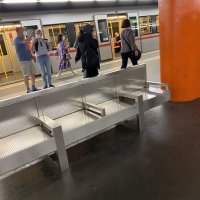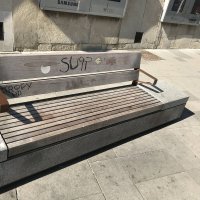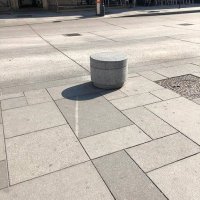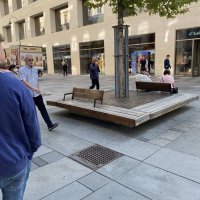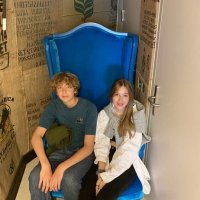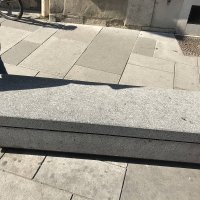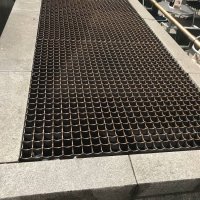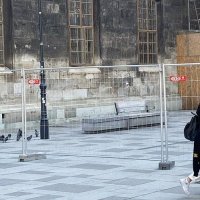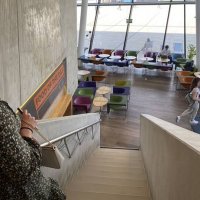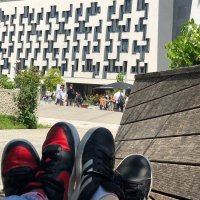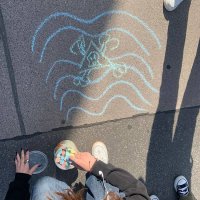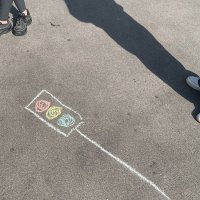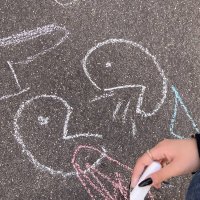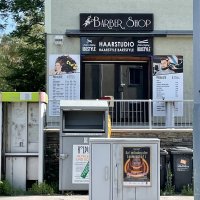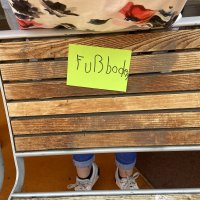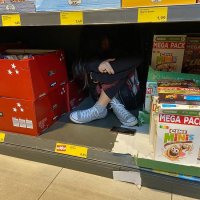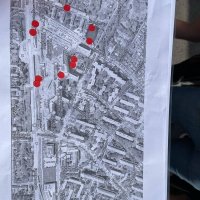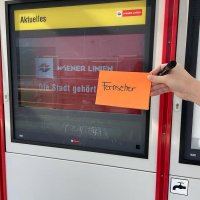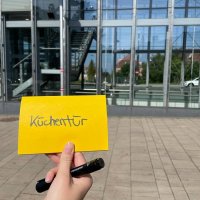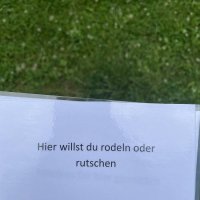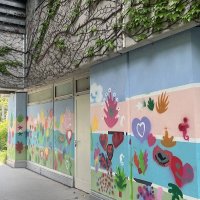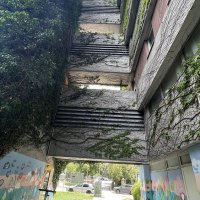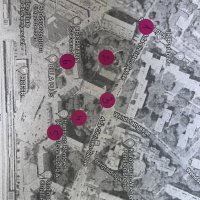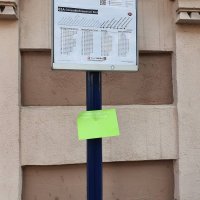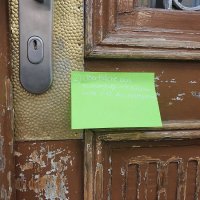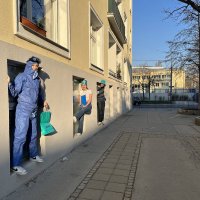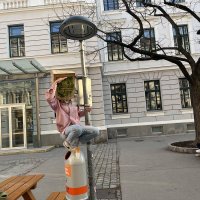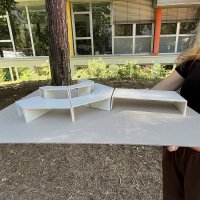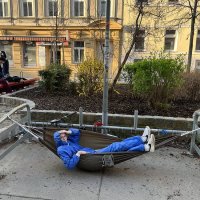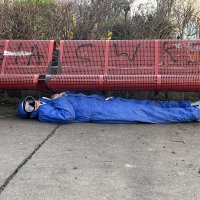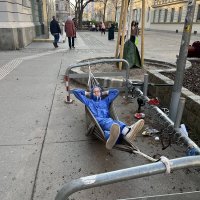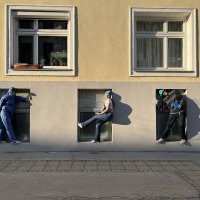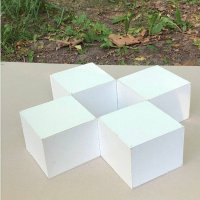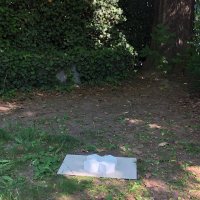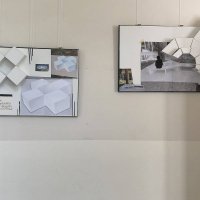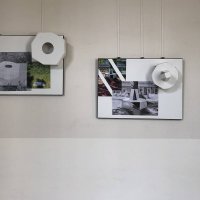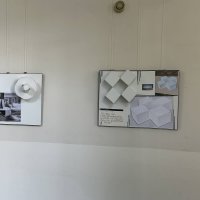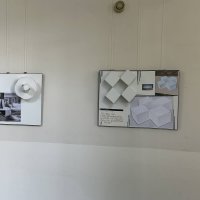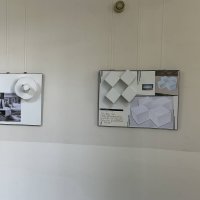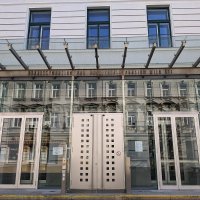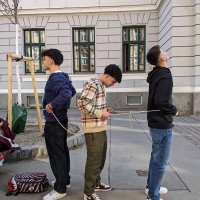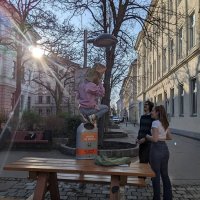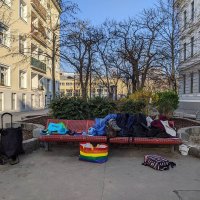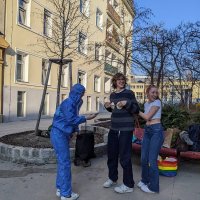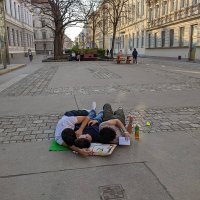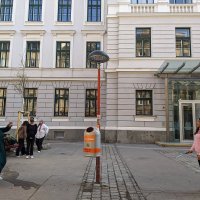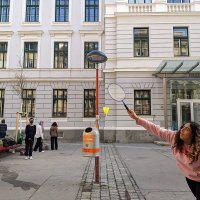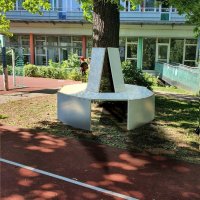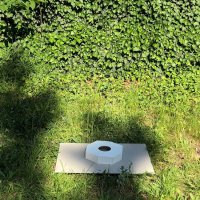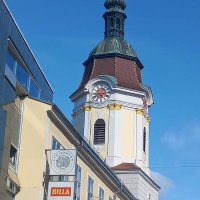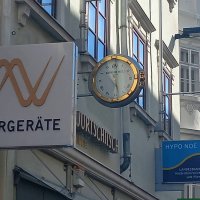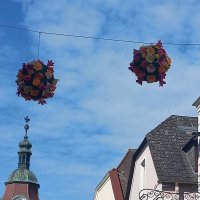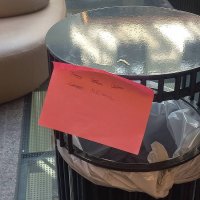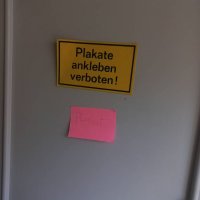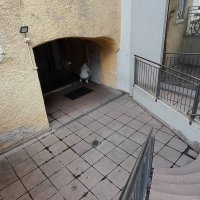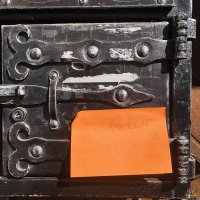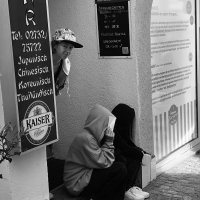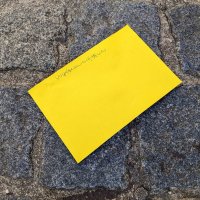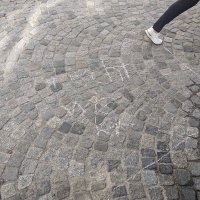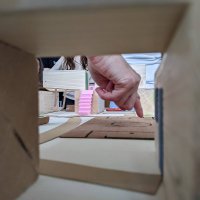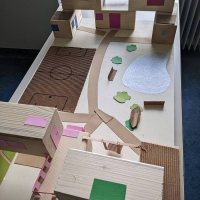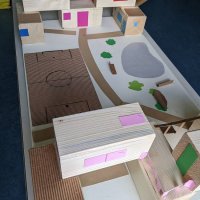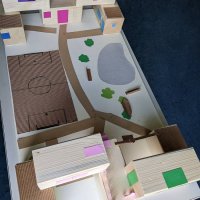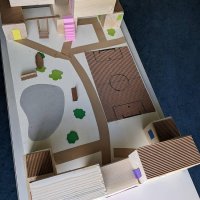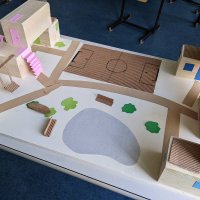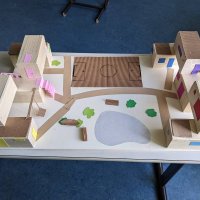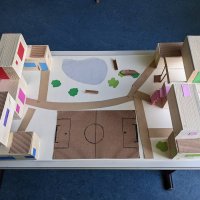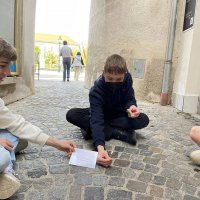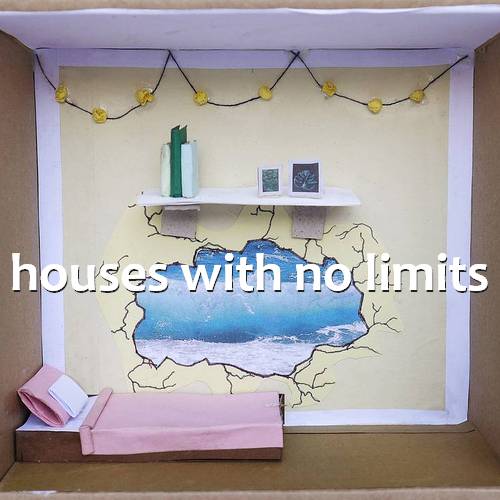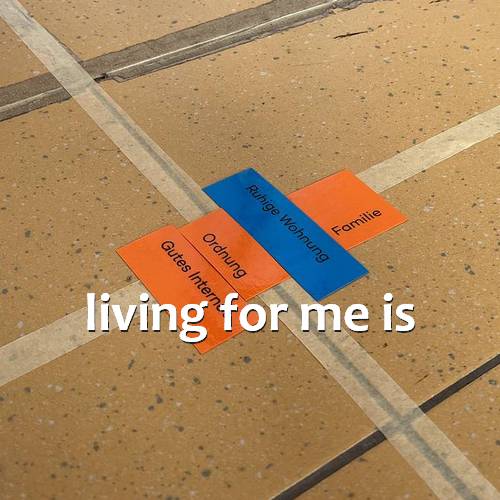creative workshops
living qualities
The aim of the workshop is to sensitise the young participants to the diverse aspects of urban living and quality of life in a confrontation with their city lasting several days. Therefore, the workshop will be accompanied and moderated by an experienced architecture mediator.
To gain a sense of the different qualities of the built environment, participants learn to recognize spatial qualities and also to name them.
The topic of appropriation of public space is addressed as well as the question of who is planned for and who is excluded in the process. (e.g. hostile architecture).
The participants will analyse the specific strengths and weaknesses as well as possible dangers and potentials of different districts of the city (the centre and periphery, the old town and new development areas, markets, shopping centres or commercial areas, affluent residential districts, medium-sized residential districts, slums, etc.) and according to various points of view: e.g. according to the respective structural quality of the residential buildings, the quality of any private or semi-public open spaces in the residential environment, the quality of the public space, green spaces, the traffic situation, the technical and social infrastructure, the trade and service supply, the leisure and communication possibilities, the social networks in the quarter, the emissions load etc.
Getting started:
The participants receive a brief introduction to the task. They are then divided into small groups of 3 to 4 persons each. The distinctive residential areas are selected together with the supervisors and the corresponding sections of the city map are copied and distributed. If necessary, small assignments will be defined.
Main part:
Groups begin exploring their chosen areas with specific tasks: auditory, visual, olfactory, and tactile.The explorations and playfully staged interventions in the space are recorded photographically.
This exploration ultimately culminates in a joint evaluation of the qualities of the space.
Reflection and presentation:
Subsequently, the photographs, collected objects and notes will be shown and described to the other groups. In joint discussions moderated by architecture mediators, aspects of urban living and life are filtered out (positive-negative scheme).
Goals:
- To explore the location of the houses, their outdoor spaces, their immediate surroundings and their larger surroundings by exploring real situations.
- Perception of different spatial characters. Experiencing, describing and evaluating spatial
- qualities.
- Formulating one's own needs for architecture and public space.
- Social competences.
- Orientation in the city.
- Experience with presentation.
Tasks:
- Auditory: city noise (blind leading)
- Visual: looking up, looking down, walking backwards
- Tactile: hold on with tape (properties-terms) (blindfolded)
- Olfactory: sniff with eyes closed & take notes (grid) (blindfolded)
BG Klosterneuburg, Buchberggasse 4A
BG Klosterneuburg, Buchberggasse 5c
BRG 1100 Pichelmayergasse, Vienna, 6B
BRG 1100 Pichelmayergasse, Vienna, 7A,B,C
BRG 1120 Rosasgasse, Vienna
BRG Ringstraße, Krems, 5b
